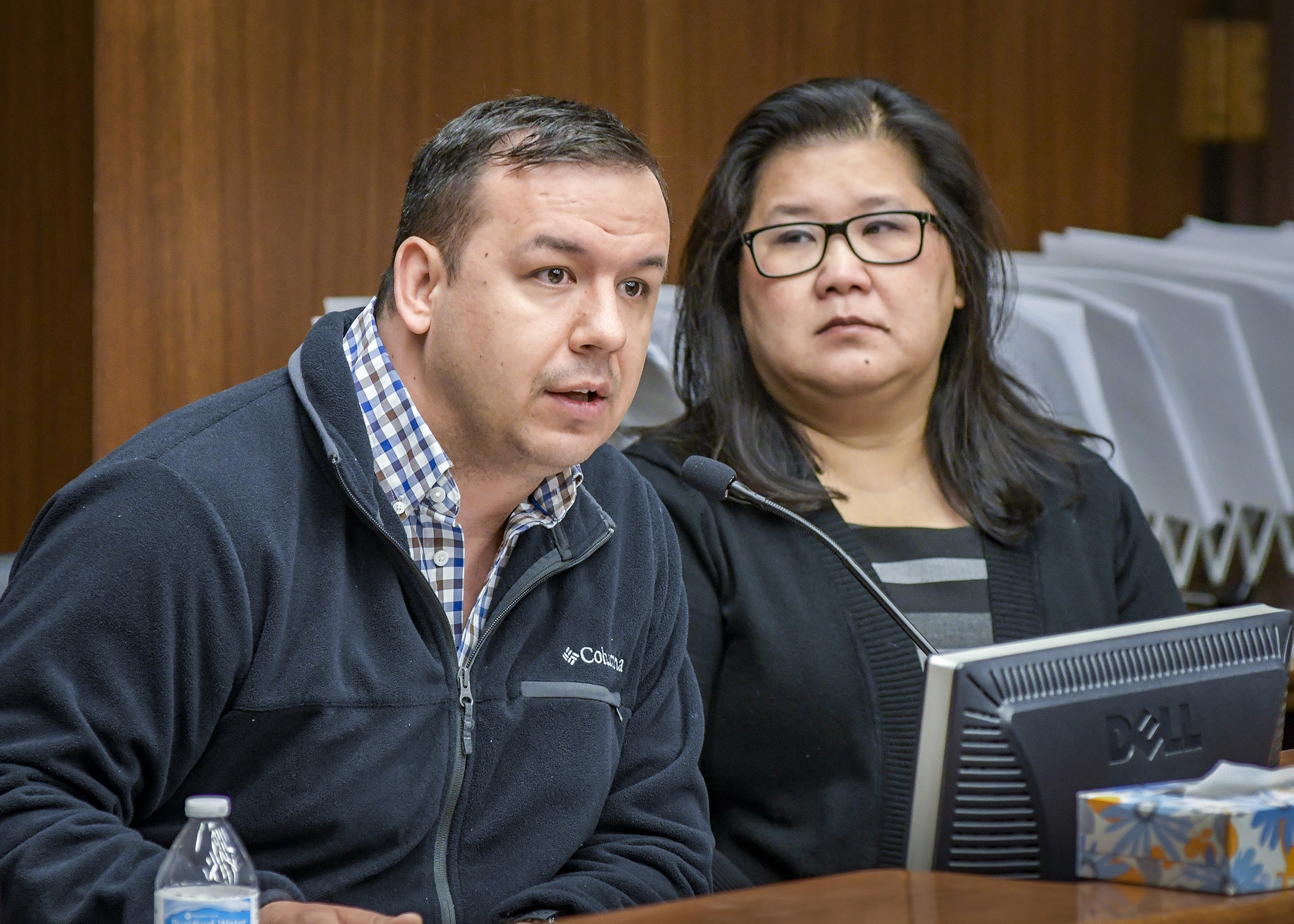Economic disparities targeted in governor’s plan to close opportunity gap

As Minnesota faces widespread demographic changes and workforce shortages, support for entrepreneurs of color could prove to be the “secret sauce” that creates economic prosperity in the state, said Gary Cunningham, president and CEO of the Metropolitan Economic Development Association.
HF2567, sponsored by Rep. Kaohly Her (DFL-St. Paul), reflects language from Gov. Tim Walz’s budget that would fund employment initiatives to address the “deep and persistent disparities” impacting Minnesotans of color.
The bill calls for a $12.65 million appropriation in Fiscal Year 2020 and $12.15 million in Fiscal Year 2021 from the General and Workforce Development funds and mostly distributed through the Department of Employment and Economic Development as one-time grant appropriations.
The House Jobs and Economic Development Finance Division laid the bill over Thursday for possible omnibus inclusion.
A companion, SF2483, is sponsored by Sen. Bobby Joe Champion (DFL-Mpls) and awaits action by the Senate Jobs and Economic Growth Finance and Policy Committee.
Rep. Rena Moran (DFL-St. Paul) reflected on the improvements that have been made since she was first elected – both in terms of diversity within the House, as well as support for economically disadvantaged communities of color.
But these are just “the tip” of what is needed, she said, urging continued and increased investments in communities of color.
Many of the organizations that would receive funding through HF2567 have already been featured in bills considered by the division this session, including $750,000 each year for a grant to the Neighborhood Development Center and $600,000 each year for a grant to Ujamaa Place.
In both cases, the proposed grant amounts are lower than requested in division hearings, but are nearly the same amounts appropriated in Fiscal Years 2018 and 2019.
Funding requests which had not been previously heard by the division include $125,000 each year in grant funding for the White Earth Nation Integrated Business Development System, to fully implement an entrepreneurship program previously authorized by the Legislature, said Alan Roy, White Earth Nation Secretary-Treasurer.
The collaboration between Mahnomen County, the City of Mahnomen, and the tribe is working to reduce the unemployment in the area, which is particularly high amongst young adults, he said.
The rural area needs tradespeople, truck drivers, and a CDL program, and Roy predicts the program’s collaborative approach and access to all area residents could make a big difference in the community.
Some testifiers raised concerns, however.
Mai Moua, chief operating officer of the Hmong American Partnership, said that organizations serving specific populations and cultural groups are hampered by the constrictions that come with grant funding through DEED, as opposed to direct appropriations.
The latter option would allow recipients to meet community needs with more “flexibility and nimbleness” and in a timelier manner. “We need to be able to better direct the resources of this bill,” she said.
Other initiatives that would receive grant funding include:
- $2.25 million each year for the youth at work competitive grant program;
- $1.18 million each year to the Metropolitan Economic Development Association ;
- $1.3 million in Fiscal Year 2020 and $800,000 in Fiscal Year 2021 to Twin Cities R!SE;
- $1.18 million each year to Enterprise Minnesota, Inc.;
- $1 million each year for EMERGE Community Development;
- $1 million each year to the Minneapolis Foundation;
- $1 million each year for Youthprise, requiring roughly equal amounts to be spent in Greater Minnesota and the metro area;
- $750,000 a year for Latino Communities United in Service, half of which is to be used for programming in Greater Minnesota; and
- $250,000 a year to the YWCA of St. Paul and $525,000 each year to the YWCA of Minneapolis.
Related Articles
Search Session Daily
Advanced Search OptionsPriority Dailies
Ways and Means Committee OKs proposed $512 million supplemental budget on party-line vote
By Mike Cook Meeting more needs or fiscal irresponsibility is one way to sum up the differences among the two parties on a supplemental spending package a year after a $72 billion state budg...
Meeting more needs or fiscal irresponsibility is one way to sum up the differences among the two parties on a supplemental spending package a year after a $72 billion state budg...
Minnesota’s projected budget surplus balloons to $3.7 billion, but fiscal pressure still looms
By Rob Hubbard Just as Minnesota has experienced a warmer winter than usual, so has the state’s budget outlook warmed over the past few months.
On Thursday, Minnesota Management and Budget...
Just as Minnesota has experienced a warmer winter than usual, so has the state’s budget outlook warmed over the past few months.
On Thursday, Minnesota Management and Budget...